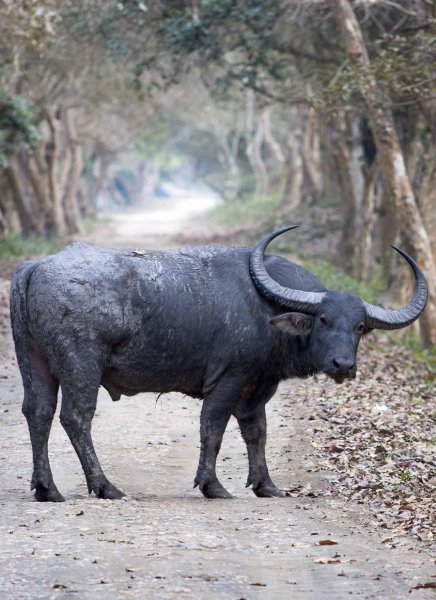A team of conservation biologists is calling for a worldwide strategy to prevent the unthinkable: the extinction of the world's largest mammal species.
In a public declaration published in today's edition of the journal BioScience, a group of more than 40 conservation scientists and other experts are calling for a coordinated global plan to prevent the world's "megafauna" from sliding into oblivion.
Among the threats cited by the group as drivers of this mass extinction are illegal hunting, deforestation and habitat loss, the expansion of agriculture and livestock into wildlife areas, and the growth of human populations.
"The more I look at the trends facing the world's largest terrestrial mammals, the more concerned I am we could lose these animals just as science is discovering how important they are to ecosystems and to the services they provide for people," said Dr. William Ripple, professor of ecology at Oregon State University and lead author of the study.
Ripple worked with other authors on the study to examine population trends of many species, including many of the most well-known, charismatic species such as elephants, rhinos, gorillas, and big cats that are now threatened with extinction.
Approximately 59 percent of the world's biggest mammalian carnivore species -- including the tiger -- and 60 percent of the largest herbivores are now listed on the International Union for Conservation of Nature's Red List of Threatened Species as threatened with extinction.
"Perhaps the biggest threat for many species is direct hunting driven by a demand for meat, pets, and body parts for traditional medicines and ornaments," Dr. Elizabeth Bennett, WCS's Vice President of Species Conservation and a co-author on the study. "Only a massive commitment from the international community will stop this rampant destruction of so many animal populations."
All of these large species play critical roles in their ecosystems. Species at risk include elephants, that provide a suite of vital ecosystem services as ecological engineers, dispersing seeds and nutrients across vast areas. "The loss of elephants in the forests of Central Africa is increasingly damaging the function of the region's most important ecosystems," said WCS Conservation Scientist Dr. Fiona Maisels, one of the study's co-authors. "We're only beginning to understand how vital these keystone species are to the health of rainforests and other species that inhabit them."
